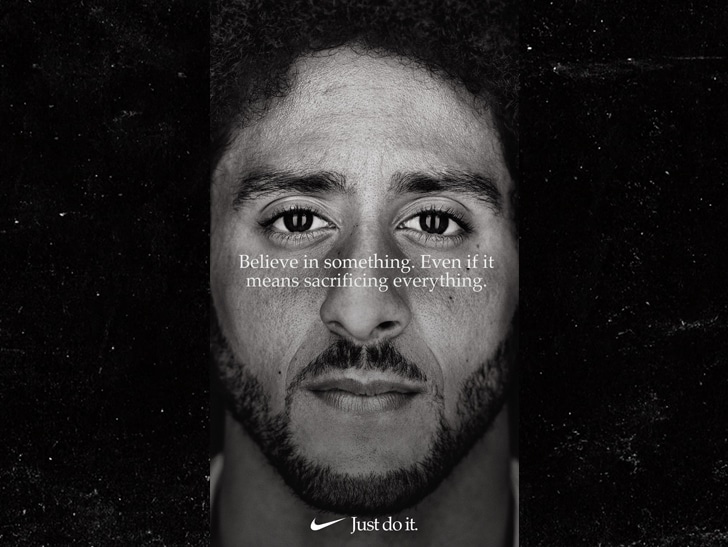The online sphere of digital marketing has taken on many tangible forms of access, from laptops to smartphones. Marketers are catching onto societies apparent “obsession for immediacy” within a fast paced world of communication with sales of smart Ai assistants going through the roof. Australian reality TV show “The Block” has been a prevalent platform of reach in the Australian market for Alexa, googles take on the smart assistant. With every room reveal being matched with commands for Alexa to “Turn on the Tv’ and “roll down the blinds”, Google have invested good money into the integration capability its Ai device has. This may seem like a cool gadget to have, however Burger King have revealed one of its many flaws through a disruptive guerrilla marketing campaign.
Burger King have noticed the soaring sales of Google Homes and have used this to their advantage. The ad with a simple command “Hey google, whats in a Burger King Whopper burger?” triggered google homes across America to read out the ingredients within their signature burger.
Google quickly moved to block the command from activating the Google Home devices, but with this in mind, Burger King already had another version of the ad ready to go, which would trigger the same message being read out, using a different command, according to Adweek.
What are your thoughts? Will tv advertisement continue to engage with Ai within our homes and should brands capitalise on this?







